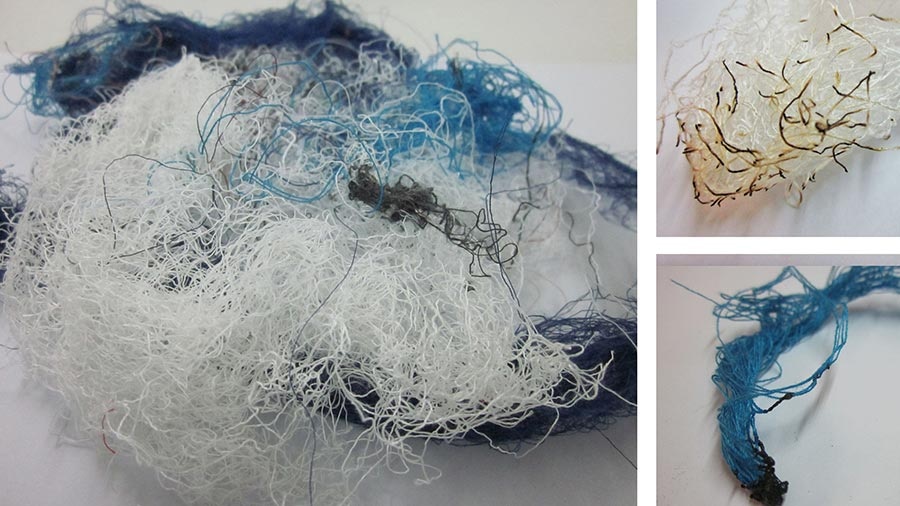Sep 8 2016
 Textile waste used to build the panel. CREDIT: UPM.
Textile waste used to build the panel. CREDIT: UPM.
Three female researchers from UPM have used textile waste to develop a panel to enhance both the acoustic and thermal conditions of buildings. This panel also reduces the energy impact related to the production of construction materials and greenhouse gas emissions.
These researchers have executed this research using textile materials to develop panels of inner divisions to be utilized in the rehabilitation of buildings and new constructions. These panels are lighter in comparison to other similar panels available in the market, and they also provide improved acoustic and thermal performance.
The use of recycled materials also helps to decrease the consumption of energy from the manufacturing process while simultaneously reducing the impact caused by the environment on its incineration and storage at landfills.
The construction sector has a major impact on the consumption of energy and the emission of Co2 into the atmosphere. The manufacturing processes and the materials used in construction have a significant impact on the energy efficiency.
This highlights the fact that the use of material waste decreases the consumption of energy while developing new products and also increases their life span. These environmental problems resulted in a new European law being established in 2002 to promote the recycling and management of material waste.
Annually, about 5.8 million tons of textile waste is discarded in the European Union, and only 25% of this waste goes through a recycling process and 4.3 million tons are either stored at landfills or incinerated. Data provided by Textile and Clothing Information Centre (CITYC) highlight that a sum of 301,600 tons of textile waste were produced in Spain in 2011.
This research aims to reintroduce this textile waste in the productive chain so that panels for interior fittings used in construction can be obtained. It should be noted that the used waste does not need any specific treatment as they are remnants of quality control products, like remnants of threads or manufacturing offcuts.
Chemical binders used for the development of boards has a downside, due to its fire performance, toxicity, and pollutant emissions. Researchers recommend a low consumption binder with superior properties against fires and contaminant emissions like lime.
The three researchers have developed a panel of binder textile fiber with natural hydraulic lime. The trials reveal that the panels with textile fiber waste comprise lower density when compared to other similar panels available in the market. This refers to a lightening of each panel’s support system.
These panels are capable of improving the thermal behavior by decreasing twice the thermal conductivity of several other commercial materials. The addition of textile fibers will also enhance the acoustic behavior of the panels based on sound absorption.
The three researchers responsible for the development of this product say: “the use of these types of panels significantly enhances both the thermal and acoustic conditions in construction while reducing the energy impact associated to the development of construction materials and greenhouse gas emissions".